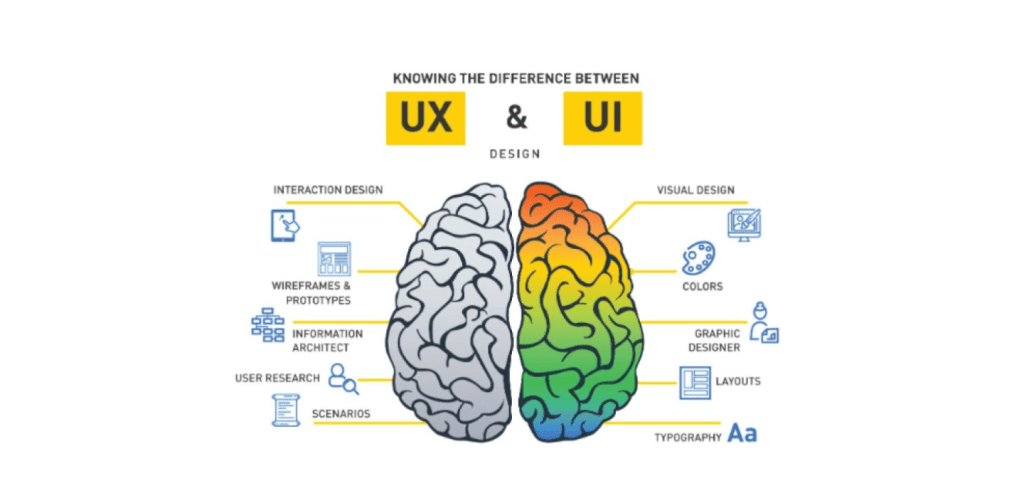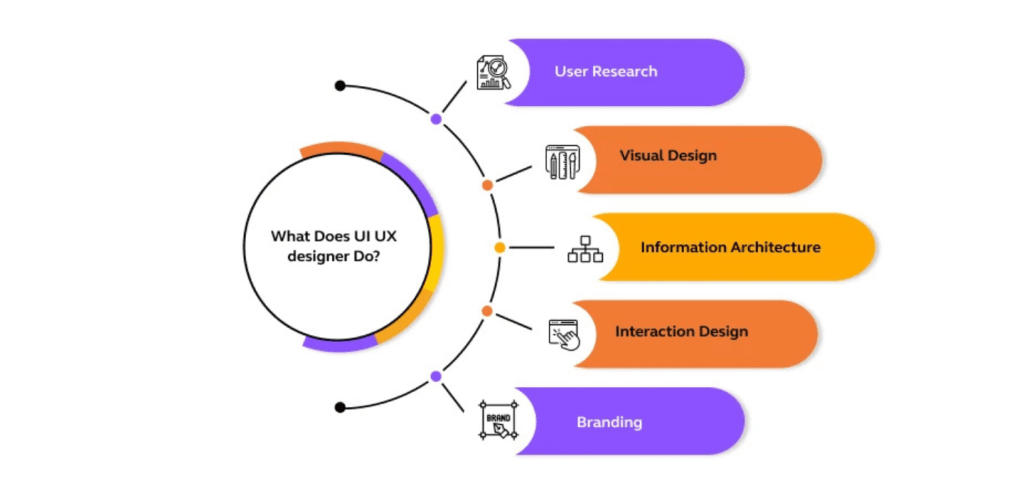Product Designer vs. UX/UI Designer: What’s the Real Difference in 2025?
Why Beginners Get Confused Between Product Design and UX/UI
Many beginners wonder: Is a Product Designer just another name for a UX or UI Designer? The answer isn’t so simple—and that’s exactly why the confusion exists.
Here’s the truth:
The roles overlap a lot. All these designers work on digital products and aim to create a great user experience.
Job titles vary by company. One company’s “Product Designer” might focus heavily on UI design, while another’s UX Designer might handle research and strategy.
The same tools, different focuses. Whether you’re in UX, UI, or Product Design, you’ll likely use tools like Figma. But how you use them depends on the role.
This mix-up in titles makes it hard for beginners to choose the right path. The key is to look beyond job titles and understand what each role actually does in practice.
Let’s break it down for you in the next sections.

What a Product Designer Really Does
The Business-Savvy Problem Solver
A Product Designer is more than just a visual designer—they’re the bridge between user needs and business goals.
Here’s what they actually do:
- Define the product vision: What problem are we solving? For whom?
- Set design priorities based on business impact: Which features matter most?
- Align the design with the overall product strategy and roadmap: How will this evolve over time?
- Work closely with product managers, developers, and stakeholders to ensure the design not only looks great but also drives results.
Tools & Skills Every Product Designer Needs
A great Product Designer isn’t just good at creating visuals—they know how to collaborate with stakeholders, developers, and marketing teams to make ideas happen.
Here’s what you need in your toolkit:
- Collaboration skills: Communicating clearly, taking feedback, and aligning designs with business goals.
Tools you’ll use daily:
- Figma: For UI design, prototyping, and collaboration.
- Adobe Illustrator & Photoshop: For graphics, icons, and visual assets.
- Adobe XD: For creating high-fidelity prototypes and design systems.
Remember, the right product design tools help you work faster, but your ability to solve problems and communicate ideas is what truly makes you stand out.
The UX/UI Designer’s Focus
UX Designer: The User Experience Expert

A UX Designer focuses on understanding users—what they need, how they behave, and how to make their experience smooth and enjoyable.
Key tasks include:
- Conducting user research to gather insights
- Creating wireframes and prototypes to visualize solutions
- Running usability tests to refine designs based on real feedback
In 2025, top UX designer skills combine empathy, research methods, and problem-solving to create user-friendly products.
UI Designer: The Visual Storyteller
hile UX focuses on function, a UI Designer crafts the look and feel that users interact with. Their role is all about:
- Choosing the right typography, colors, and layouts
- Designing buttons, icons, and animations that make interactions intuitive
- Ensuring consistent visual design across the product
The Key Differences That Matter in 2025
In today’s design world, the main difference lies in scope and focus:
- Product Designers are the big-picture thinkers. They blend business strategy, user needs, and design execution to shape the entire product journey.
- UX/UI Designers are more specialized: UX focuses on user research and experience, while UI hones in on the visual and interactive details.
Startups often prefer hybrid roles—Product Designers who can handle both strategy and hands-on design. Larger companies tend to separate these roles, hiring specialists for each area.
Understanding this difference will help you pick a career path that fits your skills and goals.
Which Role Should You Choose?
Based on Your Strengths & Career Goals

Choosing between Product Design and UX/UI comes down to what excites you most:
- Love problem-solving and strategy? Product Design is your path.
- Passionate about colors, typography, and layouts? UI Design fits you best.
- Enjoy understanding user behavior and research? UX Design is your calling.
Knowing where your strengths lie will guide your career decisions.
How to Build Skills for Either Role in 2025
To succeed in any design path, focus on:
- Side projects: Apply what you learn by creating real designs or redesigning existing products.
- Mentorship: Connect with experienced designers who can guide your growth.
- Free resources: Take advantage of webinars, tutorials, and online communities.
Starting early and practicing consistently is key to a strong UI UX product design career path in 2025.
Final Thoughts: Why Both Roles Matter in a Design Career
In the world of digital product design, collaboration between Product Designers and UX/UI Designers is essential. Each role brings unique strengths that, when combined, create seamless and impactful user experiences.
As the design industry evolves in 2025, adaptability is the new superpower. Whether you specialize or wear multiple hats, being open to learning across roles will set you apart and future-proof your career.
Embrace both perspectives, and you’ll be ready to thrive in the fast-changing design landscape.
